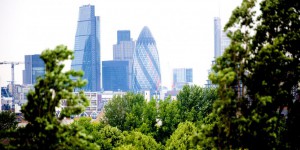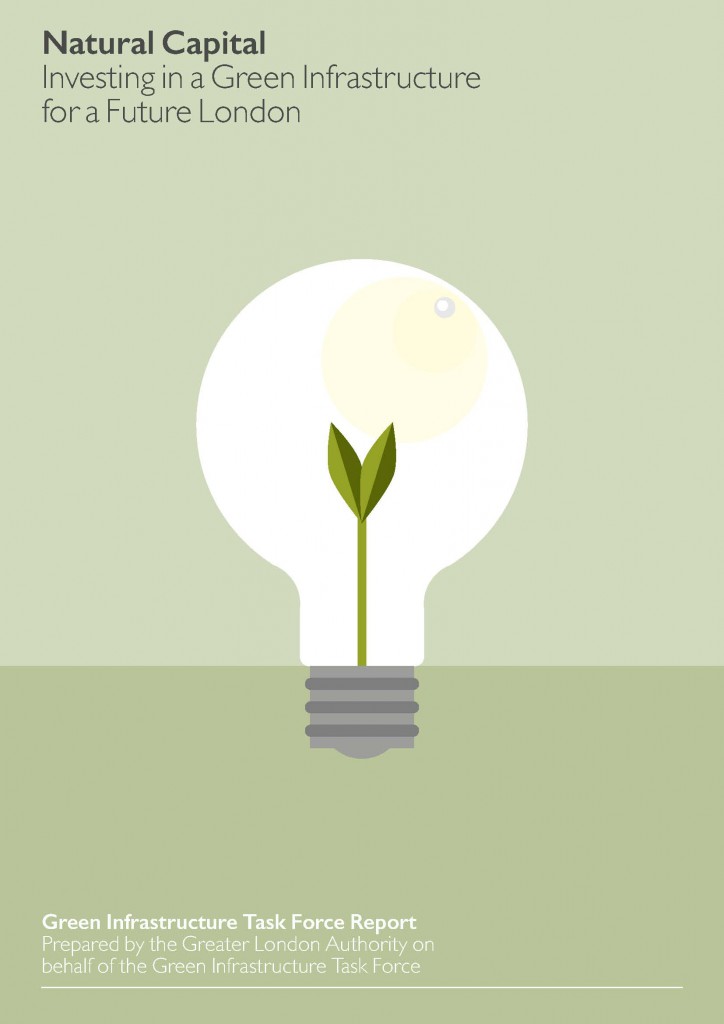
A new report from the City of London provides a compelling case for the value and importance of green infrastructure and discusses management and funding of its green assets.
 On Dec. 9, the City of London announced the establishment of a Green Infrastructure Task Force with the release of the report Natural Capital: Investing in a Green Infrastructure for a Future City. The report and task force will build on the London Infrastructure Plan 2050. The plan sets out the infrastructure needs for London during the coming decades. The plan acknowledges that green infrastructure must be considered as an integral part of the city’s vital systems.
On Dec. 9, the City of London announced the establishment of a Green Infrastructure Task Force with the release of the report Natural Capital: Investing in a Green Infrastructure for a Future City. The report and task force will build on the London Infrastructure Plan 2050. The plan sets out the infrastructure needs for London during the coming decades. The plan acknowledges that green infrastructure must be considered as an integral part of the city’s vital systems.
Planned, designed, and managed as integrated systems, London’s existing green spaces and features such as green roofs, street trees, and rain gardens, can provide many benefits. Such benefits include healthy living, more space for walking and cycling, flood mitigation, improved air and water quality, enhanced biodiversity, and a cooler urban environment.
The natural capital report identifies why green infrastructure is increasingly necessary. It also covers changes to policy, governance, valuation, and funding that are needed to ensure long-term investment in London’s green infrastructure. Recommendations include the need to appoint a green infrastructure commissioner; further refinement of the All London Green Grid; new approaches to revealing the economic value of green infrastructure; and working with others, such as the National Park City initiative, for example, to find better ways of engaging the public.
The recommendations in the report are reinforced by technical evidence provided in Valuing London’s Urban Forest and the Beam Parklands natural capital account.





